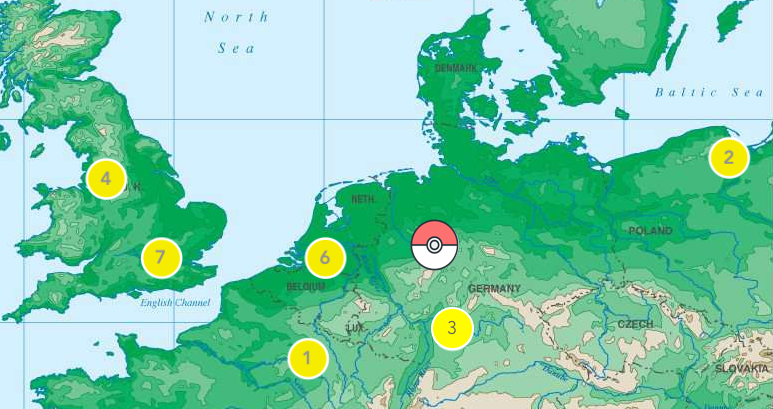Building for magic while building for scale
Doing unscalable things in order to scale gets a lot of hype; I’m not here to argue with that. In my world, the standard we aim for is a transformative experience. What that means is creating an experience that’s so meaningful that users really stick, that they keep coming back day in and day out, and that they find the motivation to keep at it even when it’s demanding and asking them to become something more than what they already are.
A digital service is an easy thing to walk away from, especially if it doesn’t try to manipulate users behaviorally (cough, Facebook, cough), unless there’s some compelling reason that the user wants to stick with it. There are two primary tactics for building that kind of service: first, by really understanding why what you’re building is vital to the user, something they value so much that they couldn’t dream of walking away from it. There are a hundred million minor decisions you’ll make as you bring the concept to life, and every one of those decisions can do a little bit to solidify that value, or it can do a little bit to detract from that value. Where on the page should an object be placed? How clear do the instructions need to be? When is the tone of voice just right, and when it is a little too extra? There are no simple answers to what to do, so you have to be guided by strong empathy with the user.
The second tactic is to relentlessly weed out unnecessary friction. Every single thing that makes it more difficult than it needs to be for the user to engage with the service makes it easier for them to walk away. This would be relatively easy if there were no such thing as good friction…but there is. How do you know what’s good friction and what’s bad friction? Well, unfortunately, to start with a lot of the bad friction you won’t even notice at the beginning. You won’t initially be able to identify that it is a point of friction. Good friction is often designed in from the very beginning - it’s the stuff that you build in because it is actually challenging or rigorous. It makes the user slow down for a purpose. You know what that purpose is, and you know why the friction helps accomplish that purpose. Bad friction misses on one or both of those marks. Does the styling of the typeface help draw attention to things that are important, does iconography help the user to find the same types of information in different interfaces? Of course, sometimes even good friction could be replaced by something that accomplishes the purpose even better. Like I said, it isn’t easy.
You don’t need to build for scale right away. In the beginning, you build for magic - you want to make something that someone will absolutely love. Nonetheless, one thing I’ve noticed that separates exceptional designers from those that are merely good is that they build the hooks for scale in from the very beginning.
For this week, I’ll leave you with a quote from that titan of American jurisprudence, Ruth Bader Ginsberg. This is from the rules she made her law clerks live by with regards to their writing, but I think it holds up pretty well for building products too:
Don’t make the simple complicated, make the complicated as simple as it can be (but not simpler!). You’re not finished when you can’t think of anything more to add to your document; you’re finished when you can’t think of anything more that you can remove from it... And while you’re at it, make it sing.






Member discussion